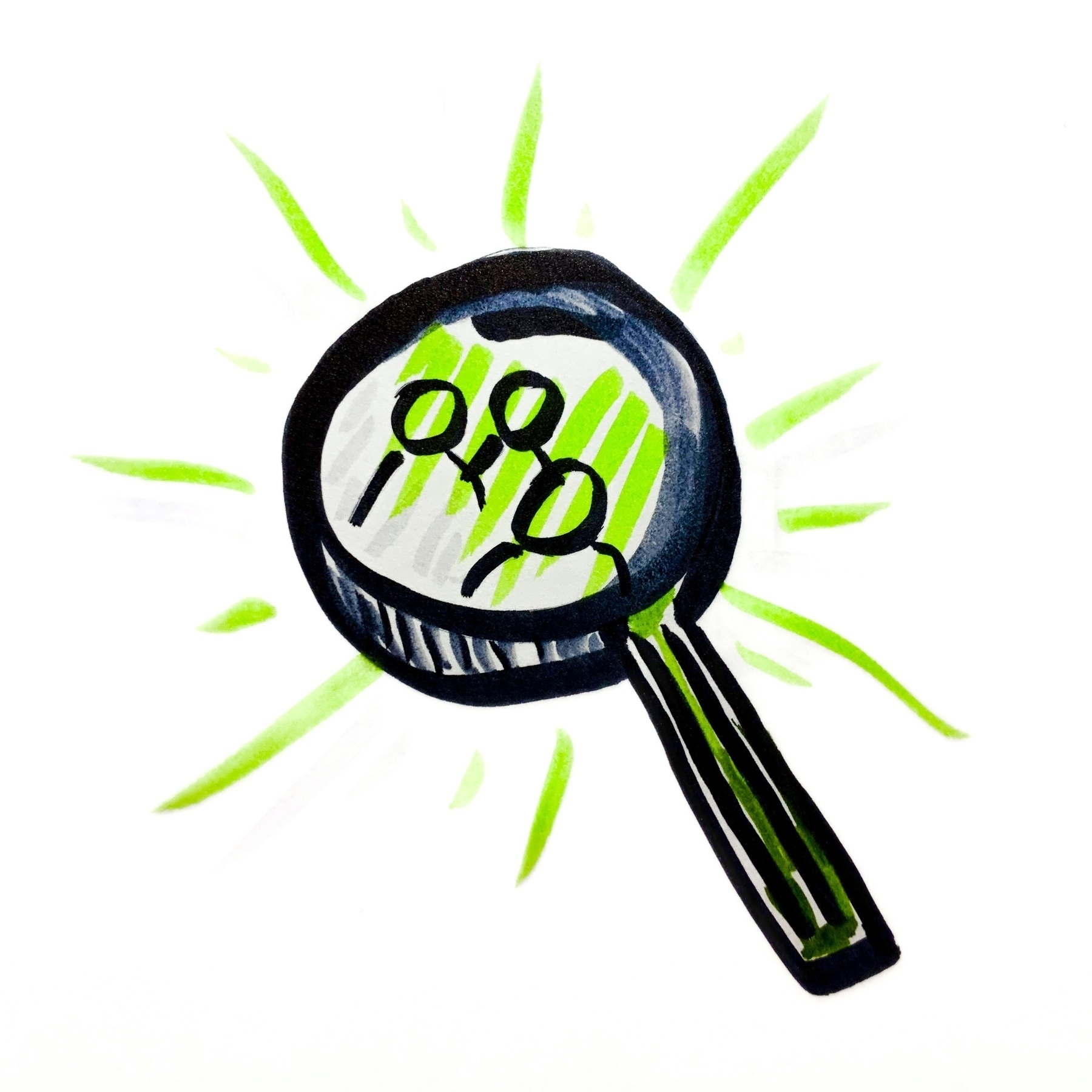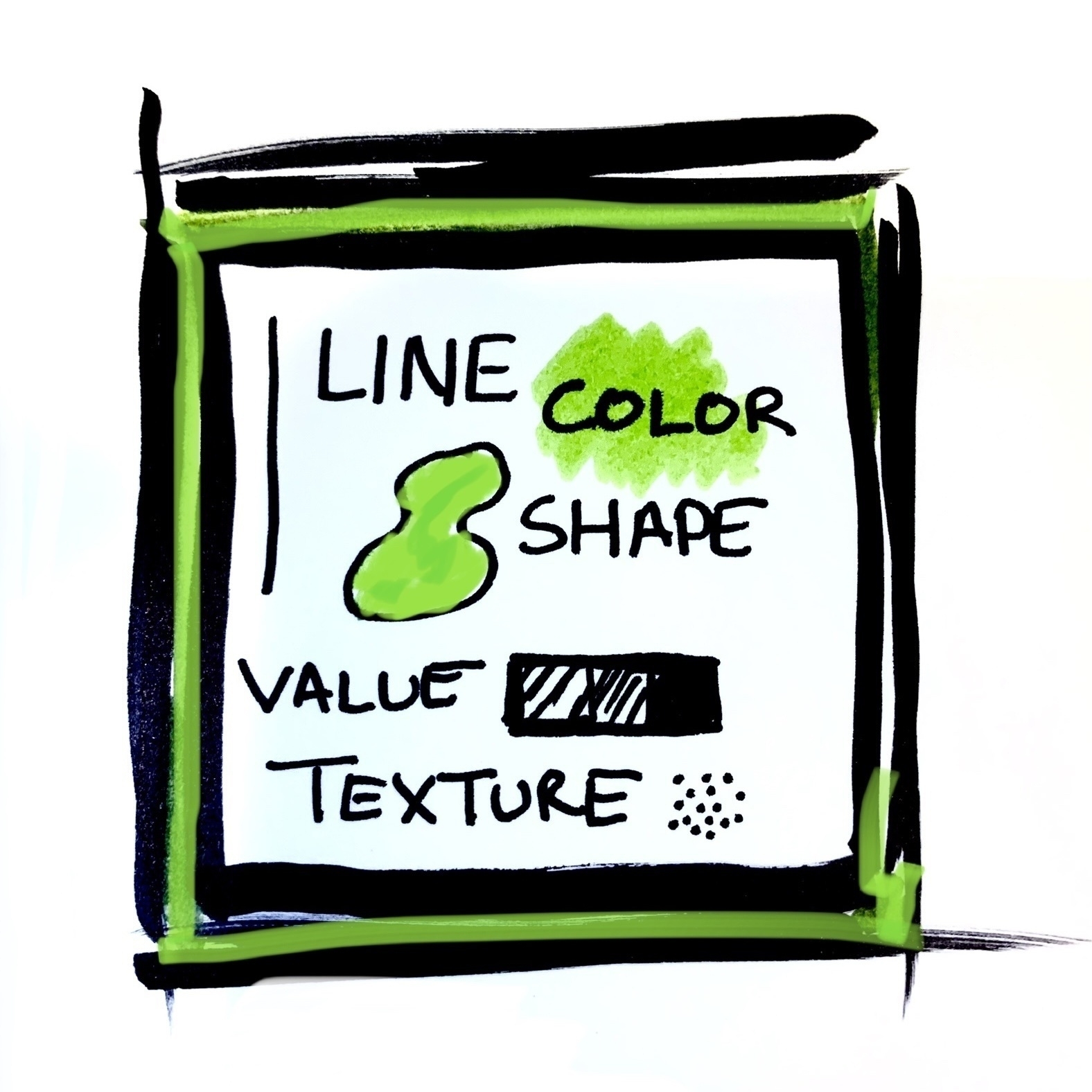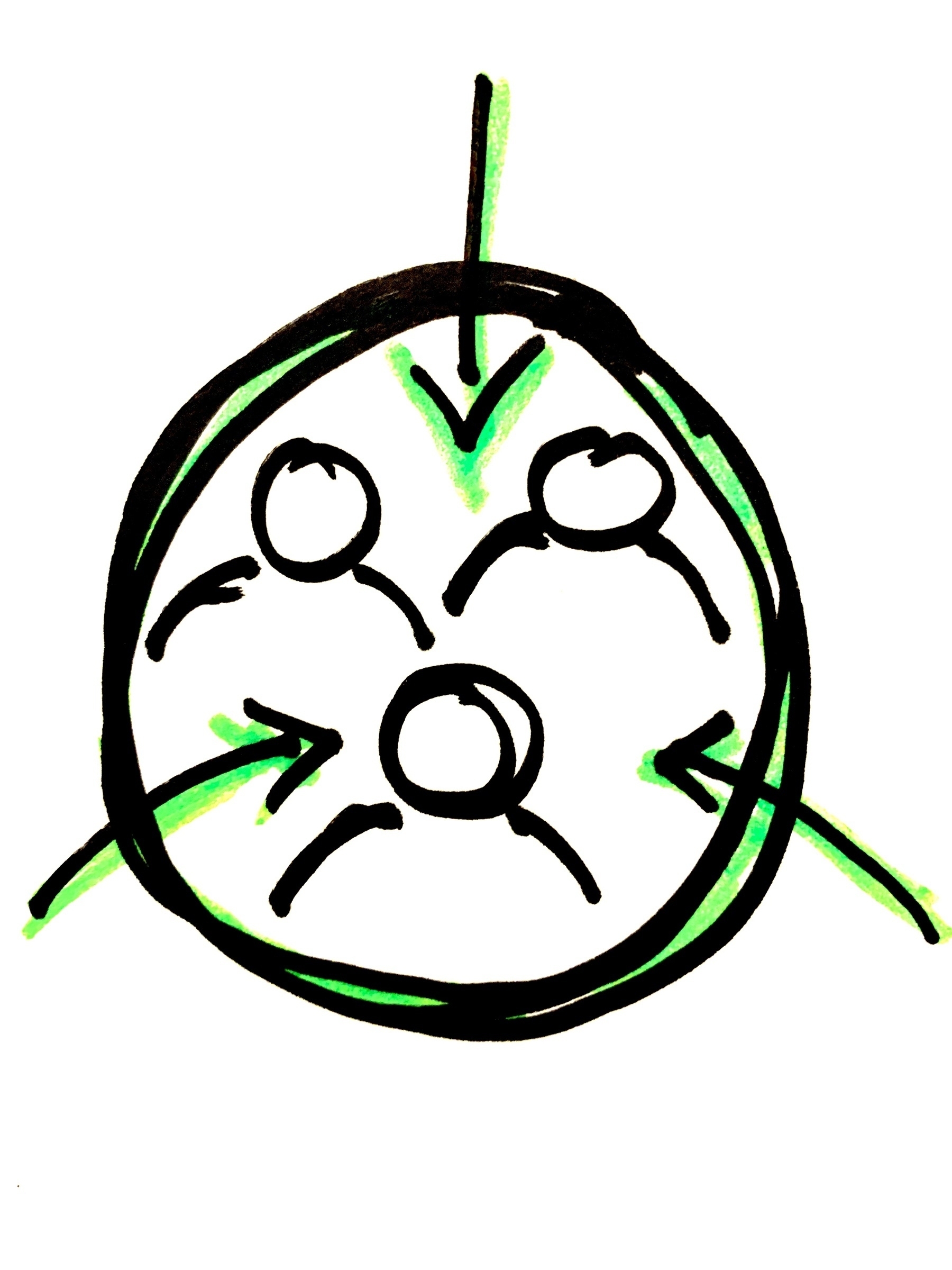The Importance of User Experience Research

While the terms “user research” and “user experience research” are sometimes used interchangeably, they do have slightly different meanings.
User research is a broader term that encompasses all types of research that involve studying users, their needs, behaviors, and attitudes. This includes research focused on understanding user demographics, motivations, pain points, and preferences. User research can be conducted at any stage of the product development process, and it is often used to inform design decisions, product development, and marketing strategies.
User experience (UX) research, on the other hand, specifically focuses on the experience that users have when interacting with a product or service. It aims to understand users' needs, behaviors, and attitudes as they relate to the product or service being studied. UX research can include a wide range of methods, such as usability testing, surveys, interviews, and contextual inquiry, and it is typically conducted during the design and development process. The insights gained from UX research are used to improve the overall user experience, optimize the design of the product or service, and increase user satisfaction and engagement.
How do you get started with UX research? The flow generally goes like this:
1. Define your research goals and questions: What do you want to achieve with your research? What questions do you need to answer to achieve those goals? This will help you stay focused and ensure that you’re gathering the right data.
2: Identify your target audience: Who are your users? What are their characteristics? Once you know who your users are, you can choose research methods that are appropriate for them.
3. Choose online user testing tools: There are many online user testing tools available that can help you with this, such as UserTesting.com, TryMyUI, and Userlytics. These tools allow you to recruit participants who match your target audience and conduct tests remotely, making it easy to gather valuable user feedback quickly and efficiently. Note: I have done in person pen and paper usability testing and although it takes longer, it can be easier to pick up on facial expressions.
4. Identify your research: Once you have your participants, it’s time to start the research. Online user testing tools can help you conduct surveys, interviews, and usability tests remotely, so you can gather data from anywhere in the world. Some of these tools even provide you with video recordings of participants' behavior, allowing you to see firsthand how they interact with your product or service.
5. Analyze your data: There are many online tools available that can help you analyze your data, such as Hotjar (this tool does some really cool heat map stuff), Google Analytics, and Crazy Egg (also does heat maps, A/B testing and more). These tools allow you to track user behavior on your website or app and identify areas where users are getting stuck. Then you can tweak and optimize your design based on their feedback.
6. Report your findings: It’s important to capture and report your findings to everyone involved in the project. Some online user testing tools can help you create professional reports and visualizations that communicate your findings clearly and effectively. Usertesting.com for example generates automatic reports based on feedback and analysis.
In my current role, I have encouraged user experience research and wireframing to be done as early as possible. This has helped stakeholders, designers, developers, and business executives feel more confident in knowing what they’re going to get (and also results in a more accurate rough order of magnitude or ROM)!


